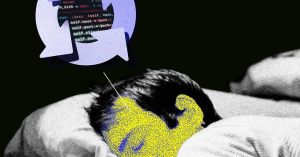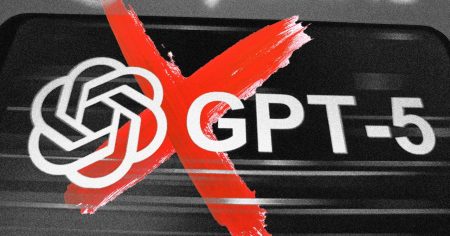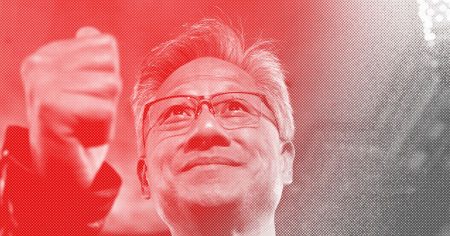Reinforcement learning is a decades-old way of having a computer learn to do something through experimentation combined with positive or negative feedback. It came to the fore last decade when Google DeepMind showed it could produce algorithms capable of superhuman strategy and gameplay. More recently, AI engineers have used the technique to get large language models to behave themselves.
Raibert says highly accurate new simulations have sped up what can be an arduous learning process by allowing robots to practice their moves in silico. “You don’t have to get as much physical behavior from the robot [to generate] good performance,” he says.
Several academic groups have published work that shows how reinforcement learning can be used to improve legged locomotion. A team at UC Berkeley used the approach to train a humanoid to walk around their campus. Another group at ETH Zurich is using the method to guide quadrupeds across treacherous ground.
Boston Dynamics has been building legged robots for decades, based on Raibert’s pioneering insights on how animals balance dynamically using the kind of low-level control provided by their nervous system. As nimble footed as the company’s machines are, however, more advanced behaviors, including dancing, doing parkour, and simply navigating around a room, normally require either careful programming or some kind of human remote control.
In 2022 Raibert founded the Robotics and AI (RAI) Institute to explore ways of increasing the intelligence of legged and other robots so that they can do more on their own. While we wait for robots to actually learn how to do the dishes, AI should make them less accident prone. “You break fewer robots when you actually come to run the thing on the physical machine,” says Al Rizzi, chief technology officer at the RAI Institute.
What do you make of the many humanoid robots now being demoed? What kinds of tasks do you think they should do? Write to us at hello@wired.com or comment below.
Correction: 2/27/2025, 12:00 am EDT: Marc Raibert’s title and certain biographical details have been corrected, and Wired further clarified the relationship between the companies he founded and advances in machine learning.
Read the full article here















